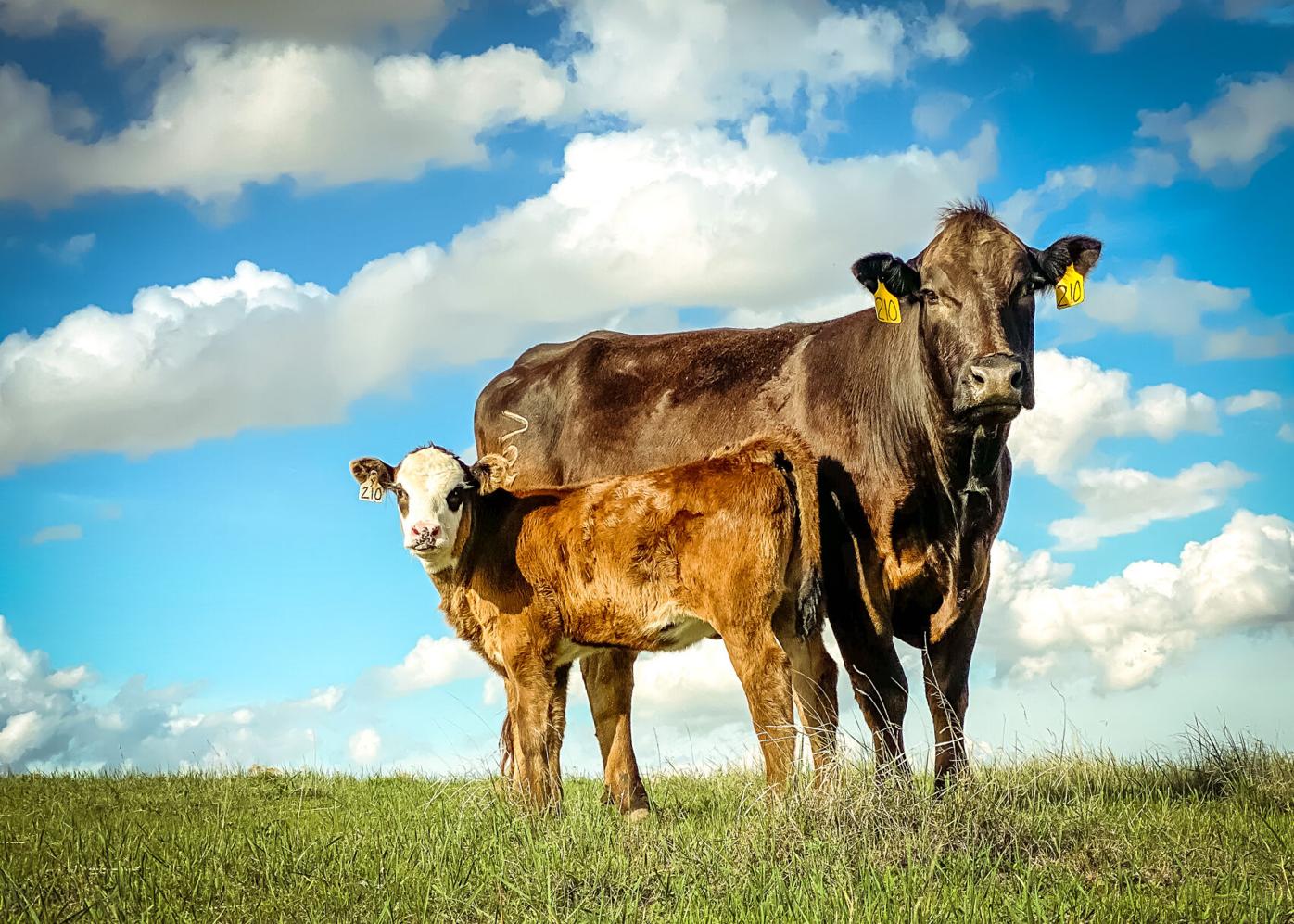
Beef and cattle farming are two of the most important industries in the world. They provide sustenance for people all over the globe, and they play a vital role in the economy.
In this blog post, we’re going to share some interesting facts about beef and cattle farming. From production numbers to environmental impact, you’ll be able to learn more about this important industry.
Cattle are selectively bred for their meat
Beef cattle are selectively bred for their meat. The meat of a steer or bull is generally tougher than that of a heifer or cow, so the bulls are bred to produce more. Cows are also bred to give more milk, which is then used to make cheese and other dairy products.
There are 4 different types
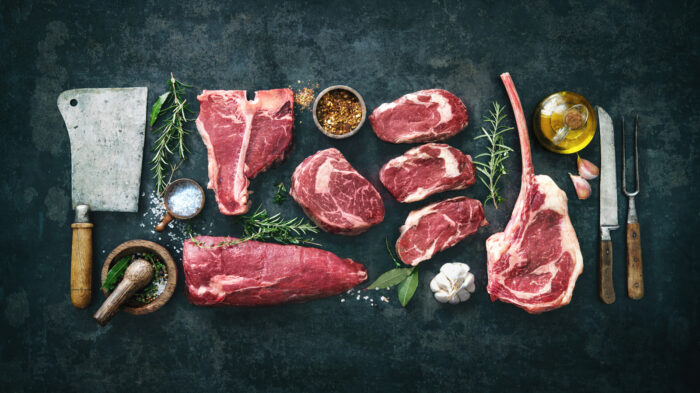
There are 4 different types, each with its own unique flavor and nutritional properties. Here are four types of beef:
Beefalo
The beefalo is a variant of the bison that has been selectively bred in North America for decades to produce a leaner, more flavorful meat. Beefalo meat is often used in ground beef and other processed foods because it has a low-fat content and a good texture.
Bison
Bison are the largest land-based mammals in the United States and Canada, and their meat is high in quality and low in fat. Bison can be roasted or boiled, and their meat is also used in ground beef, roasts, steaks, tacos, chili, stews, and desserts.
Lamb
Lamb is the most common type of meat eaten by Christians around the world. It’s high in protein and lower in fat than other meats, which makes it ideal for dishes like lamb chops or lamb curry. Lamb can also be used for ground lamb or kebabs.
Pork
Pork is one of the most popular meats on Earth because it’s affordable, versatile, and easy to cook. Pork can be used for everything from pulled pork sandwiches to bacon-wrapped dates stuffed with pork sausage.
Expensive food item
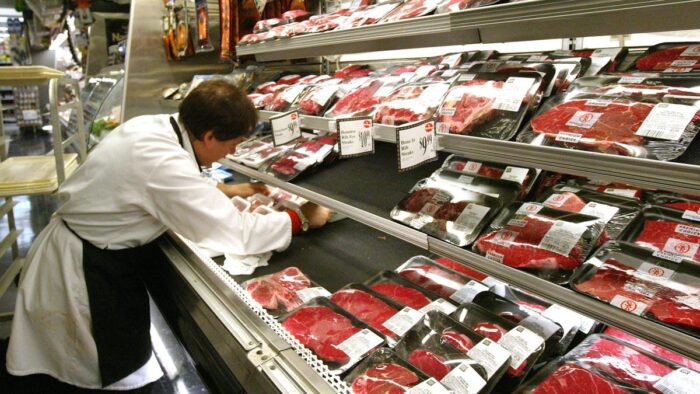
Beef is an expensive food item. A 150-pound beef steer will cost about $2,000 to $3,000 at the farm gate. The price of beef has increased consistently in recent years, in part because of concerns about global warming and the effect it will have on the availability and price of corn and other crops.
The production has a negative animal welfare impact
Beef production has a negative animal welfare impact. Cattle are kept in cramped, unnatural conditions with little to no access to daylight or fresh air.
They are often fed low-quality feed that contains antibiotics and hormones, which leads to increased levels of disease and infestations.
In addition, cows are slaughtered at an early age, typically around six years old, which results in prolonged suffering.
High in fat and cholesterol
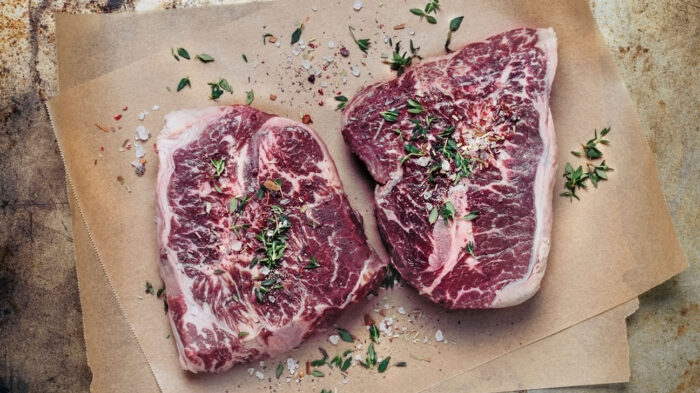
Beef is high in fat and cholesterol. This means that it’s important to be aware of the nutritional content before consuming beef. In fact, one 3-ounce serving of beef contains about 95 grams of fat and 430 milligrams of cholesterol.
That’s more than half a day’s worth of saturated fat and nearly a third of your daily limit for cholesterol! Beef can also be a source of important vitamins, minerals, and antioxidants, so it’s important to make sure you’re getting the most nutrients out of it.
Good source of iron
Iron is an important mineral for human health. It is important for the production of red blood cells and helps to carry oxygen throughout the body. Beef is a good source of iron. A 3-ounce serving of beef contains about 15 milligrams of iron, which is more than enough to meet the daily recommended intake.
Beef also has other nutrients that are beneficial to human health, such as vitamin B12, phosphorus, and selenium. These nutrients help to keep the body strong and healthy.
Good source of vitamin B12
Beef is a great source of vitamin B12, which is important for maintaining healthy nerve function and blood clotting. Additionally, beef can also help to reduce the risk of heart disease and stroke.
Good source of vitamin D
Beef is a good source of vitamin D, which is important for maintaining healthy bones and preventing diseases like osteoporosis. A 3-ounce serving contains about 30 percent of the recommended daily intake of vitamin D. It also contains other essential nutrients, including protein, iron, and zinc.
Be sure to choose the right kind for your diet
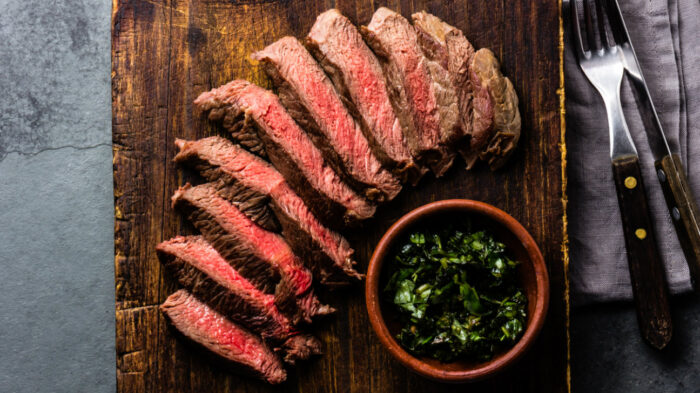
Beef is one of the most popular meats in the world. It is a very versatile protein that can be used in a variety of dishes. There are many different types of beef, each with its own unique flavor and nutritional benefits. Here are some interesting facts about beef and cattle:
- It is the most common type of meat eaten in the United States. It makes up around 36% of all meat eaten in America.
- Cattle were originally from Africa, but they have been spread throughout the world over the years. They are now found on every continent except Antarctica.
- There are two main types – red and white. Red is richer in color and has a more intense flavor than white beef. White meat is less expensive than red meat, but it has less flavor and isn’t as tender.
- It can be used for a variety of dishes, including stews, soups, stir-fries, and burgers. It can also be used in baking recipes or as a filling for tacos or burritos.
- It has a high protein content (around 30%). This makes it an ideal choice for people who want to increase their muscle mass or lose weight.
- It is also high in cholesterol (around 218 mg per 100 grams). However, this doesn’t mean that you need to avoid beef altogether if you’re looking to lower your cholesterol levels. In fact, leaner cuts of beef like flank steak are low
Production in the United States
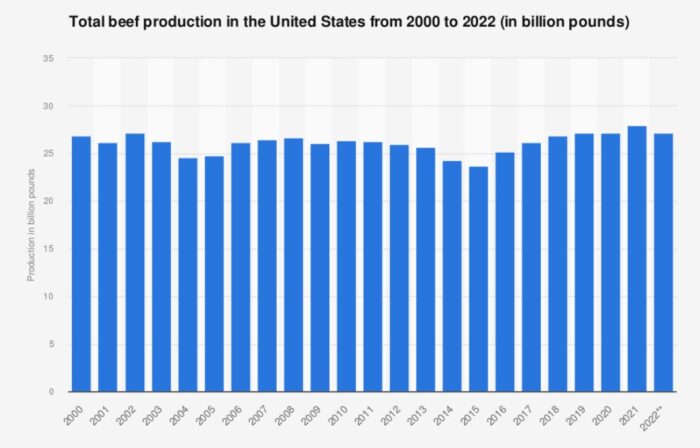
The cattle industry in the United States is one of the most important in the world. In 2013, beef production was responsible for $48.2 billion in economic activity and generated 1.5 million jobs. The slaughterhouse sector is responsible for 86% of all beef produced in the United States, and it has become increasingly difficult to source American-raised beef due to concerns about animal welfare and food safety.
Health Benefits
There are many health benefits to consuming beef, including reducing the risk of heart disease, cancer, and stroke. It is high in both quality and quantity of antioxidants and vitamins, including vitamin B12.
It also contains zinc, which has been shown to play a role in preventing cognitive decline and other age-related diseases. Another benefit of beef consumption is that it provides protein and essential nutrients needed by the body.
Conclusion
Beef and cattle farming are two of the most important industries in the world. They provide sustenance for people all over the globe, and they play a vital role in the economy.









